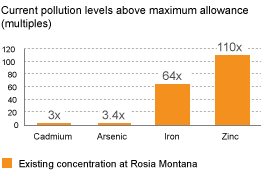Gabriel has pursued its development as an environmentally responsible mining project addressing the environmental damage of the Ceausescu years and many decades before.
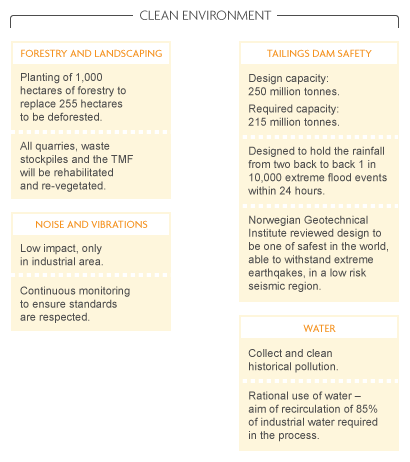
Our Vision for Rosia Montana
Since obtaining the rights to the Roşia Montană Project, Gabriel focused on developing a new state-of-the-art mining facility designed to the highest standards and complying with the most stringent environmental laws in the EU to improve and mitigate much of the environmental damage caused in Rosia Montana by communist-era mining practices and insensitivity to the long term legacy of environmental damage being created. Without such remediation, the community will be threatened by ongoing ecological deterioration.
Four primary environmental principles address this legacy: forestry and landscaping, water, tailings dam safety and noise and vibrations. Click here to find out more.
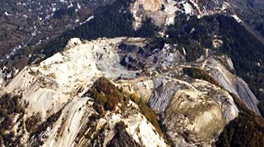
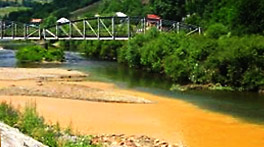
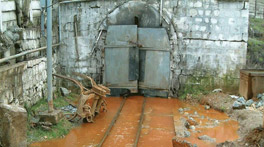
Above: An aerial view of the Cetate and Carnic pits at Rosia Montana and two images of acid rock drainage caused by historical mining activities at Rosia Montana before Gabriel
